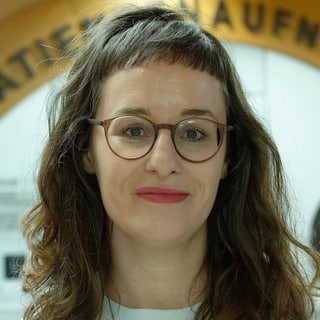Contents
One in four children suffers from chronic pain. Often not treated or diagnosed. Because experts fail to understand the suffering of little ones.
Pain in children was not an issue for a long time. Until the late 1980s, babies were operated on without anesthesia. It was believed that newborns could not feel pain. Her nerves are not yet sufficiently developed.
Screaming, crying or defensive movements are just reflexes. Children were therefore not given painkillers, but rather drugs that paralyzed their muscles.
Then parents began to fight back – with the support of researchers who no longer wanted to ignore the little ones’ pain. Since then, knowledge about the pain of little ones has made great leaps.
The rocky road from research to practice
The simplest remedies often help to relieve the pain. Premature babies have to endure a lot of procedures every day, such as blood samples. Skin contact or sucking on a water-sugar solution can have a calming effect. But unfortunately this knowledge is not always implemented in all hospitals, says pain researcher Helen Koechlin from the Zurich Children’s Hospital: “The most common argument is that the measures are too complex and there is not enough time or staff for them.”
Early pain shapes life
Pain and pain relief are not yet a priority in many people’s minds, even though such early pain experiences can shape an entire life. “Constant and recurring pain makes the nervous system more sensitive to stimuli, the pain threshold drops and the risk of later chronic pain is drastically increased,” says Koechlin. It is important to interrupt this dynamic as early as possible. Also because physical pain is often linked to psychological pain such as anxiety or depression and in youth also with increased suicidality.
The blind spot of pediatricians
The knowledge of the small but very active research community has hardly yet reached outpatient pediatric practices. A survey by Helen Koechlin showed Pediatricians underestimate the proportion of their patients who are in massive pain.
They said that about three percent of their young patients had chronic pain. In fact, it is almost ten times more. “That was frightening,” says pain researcher Helen Koechlin. 80 percent of respondents reported feeling unsafe dealing with chronic pain in children.
The long way to the pain consultation
Chronic pain such as the classic stomach ache, but also headaches and the bone and muscle pain typical of young people are often dismissed as purely psychological. Therefore, it takes on average two years until a child with chronic pain ends up in a specialized pain clinic.
That is late. At this point, the pain has become embedded not only in the brain, but also in everyday life. The child has missed school material, lost friendships and given up hobbies.
Pain research does not yet understand well how acute pain becomes chronic pain. How chronic pain is best treated, however, does exist. But studies show that it takes an average of seventeen years for research results to reach everyday clinical practice. “That’s far too long,” says pain researcher Helen Koechlin: “Seventeen years, that’s as long as an entire childhood.”
